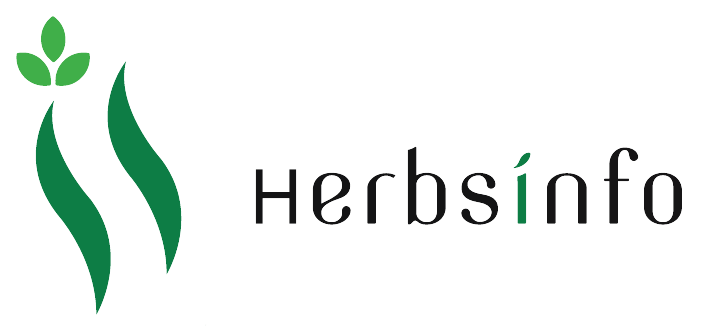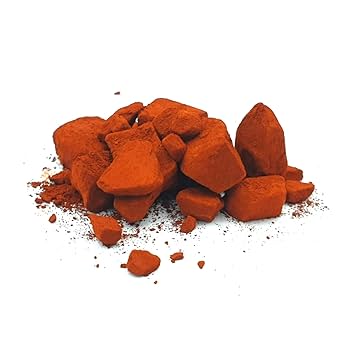INTRODUCTION:
Ochre, locally known as Gero in some cultures, is a naturally occurring earth pigment that has been used by humans for thousands of years. It consists primarily of iron oxide, giving it a distinctive range of colors from yellow and orange to red and brown. Found in various parts of the world, including Africa, Australia, and the Middle East, ochre holds deep cultural, spiritual, and historical significance.
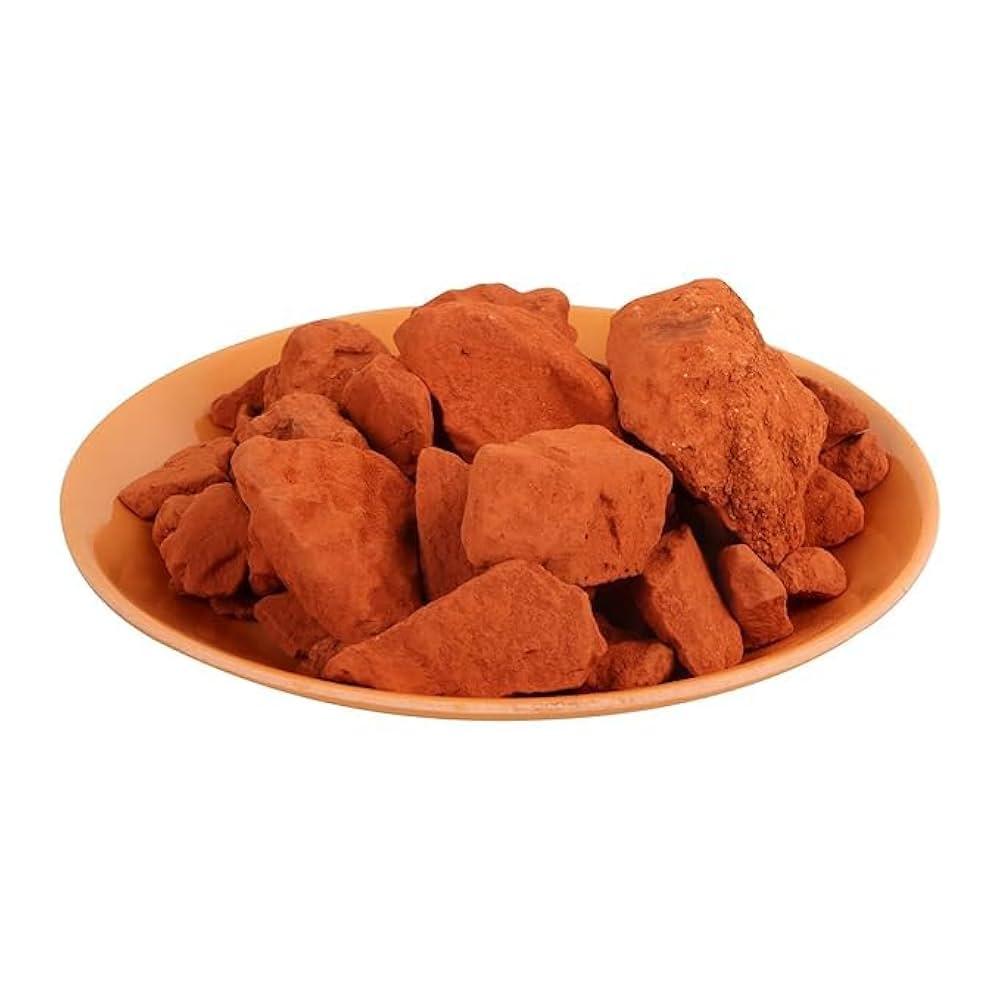
Hindi: Geru (गेरू)
Urdu: Geru (گیرو)
Punjabi: Geru (ਗੈਰੂ / گیرو)
Bengali: Geru (গেরু)
Gujarati: Geru (ગેરુ)
Marathi: Geru (गेरू)
Tamil: Semman (செம்மண்)
Telugu: Erra Mannu (ఎర్ర మಣ್ಣು)
Kannada: Kemmannu (ಕೆಮ್ಮಣ್ಣು)
Malayalam: Chuvanna Mannu (ചുവന്ന മണ്ണ്)
Sindhi: Geru (ڳيرو / گیرو)
Pashto: Sur Surmai (سور سرمئی)
Kashmiri: Geru (گيرو)
HEALTH BENEFITS:

Soothes sunburns and heat rashes:
Its natural cooling properties help reduce redness, discomfort, and inflammation caused by excessive heat exposure.
Promotes wound healing:
In traditional medicine, it is applied to minor cuts and wounds to help the healing process, thanks to its anti-inflammatory and soothing qualities.
Improves skin tone and texture:
Used in face masks, it can help reduce oiliness, tighten pores, and even out skin tone, giving the skin a more balanced look.
Natural detoxifier:
As a skin pack, Geru can draw out impurities, cleansing and refreshing the skin.
Reduces inflammation:
When applied to affected areas, it can help reduce swelling and irritation from various mild skin conditions.
Relieves muscle and joint pain:
A poultice made with Geru powder can be applied to sore joints and muscles to help alleviate pain and reduce inflammation.
Addresses digestive issues:
It is used in formulations to manage conditions like diarrhea, bloody stools, intestinal ulcers, and hiccups.
Manages bleeding disorders:
Some traditional preparations utilize geru to help control internal bleeding and hemorrhages.
Soothes ulcers and boils:
Oral preparations can aid in reducing skin ulcers and inflammatory eruptions.
Hepatic support:
Some ancient texts, such as those of Ibn Sina, suggest its use for liver-related troubles.
SIDE EFFECTS:

Skin irritation: Some people might develop allergic reactions or skin rashes if they have sensitive skin or if ochre is mixed with impurities.
Respiratory issues:
Inhaling ochre dust repeatedly (especially in powdered form) can irritate the lungs or cause breathing problems over time.
Contamination risk:
Natural ochre may contain impurities like heavy metals or bacteria if not properly processed, which can be harmful.
Staining:
Ochre can permanently stain clothes, skin, and surfaces if not handled carefully.
Eye irritation:
Getting ochre dust or pigment in the eyes can cause redness or discomfort.
HOW TO USE:
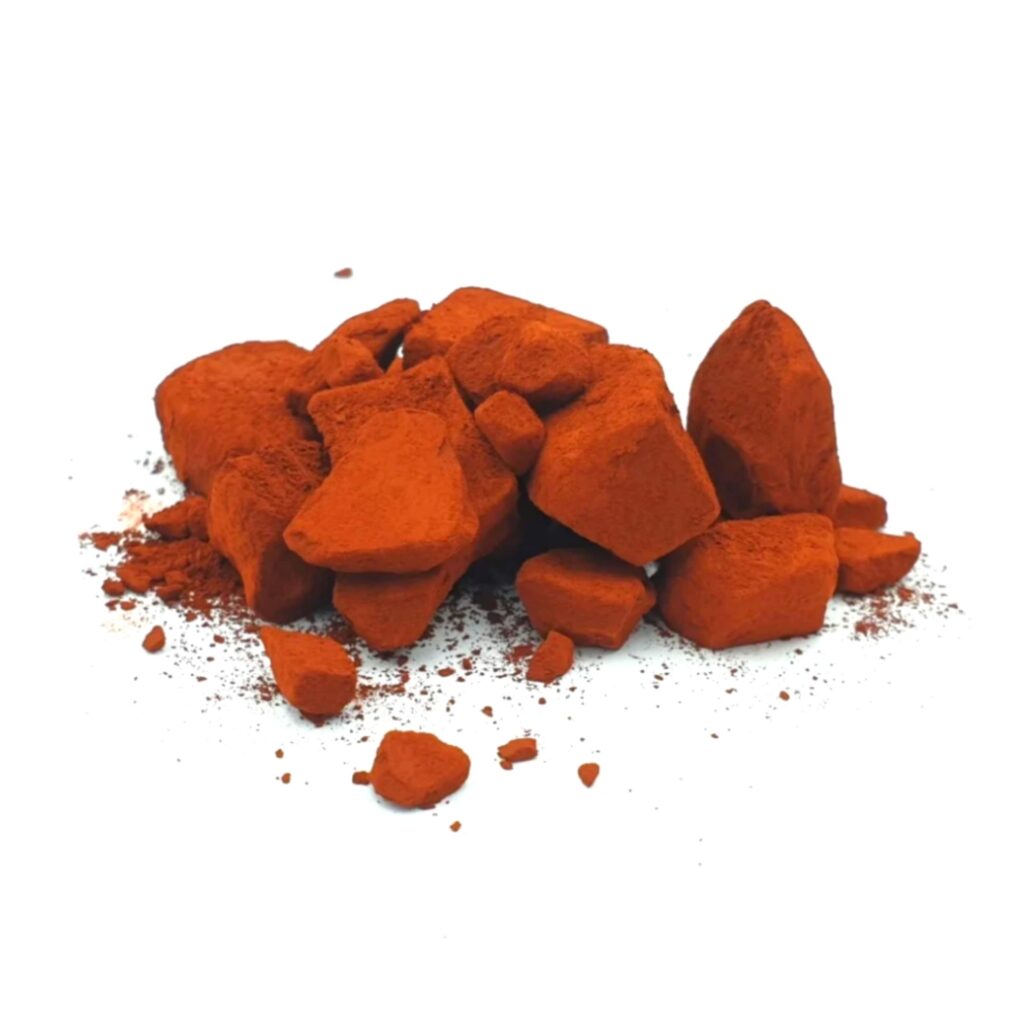
1. For Skin Care (Face Mask)
Ingredients:
1 tablespoon Ochre Mitti (clay)
Rose water or plain water (to mix)
Optional: A few drops of honey or turmeric for added benefits
Method:
Mix the clay with rose water or plain water to form a smooth paste.
Apply evenly on your face or affected skin areas.
Let it dry for 15-20 minutes.
Rinse off with lukewarm water.
Use 1-2 times a week for best results.
Benefits: Cleanses skin, removes impurities, absorbs excess oil, and soothes inflammation.
2. For Therapeutic Bath (Detox Bath)
Add 2-3 tablespoons of Ochre Mitti to your bathwater.
Soak in the water for 15-20 minutes.
This can help detoxify the skin, soothe irritation, and relax muscles.
3. For Wound Healing or Skin Conditions
Sometimes mixed with herbal oils or water, Ochre Mitti is applied on wounds, burns, or insect bites.
Acts as a cooling agent and helps reduce inflammation and promotes healing.
Always ensure the wound is clean before applying and consult a healthcare provider if necessary
Important Notes:
Perform a patch test before applying to the whole face/body to check for allergies.
Avoid using on broken or severely damaged skin unless advised by a professional.
Store the clay in a dry, airtight container.
